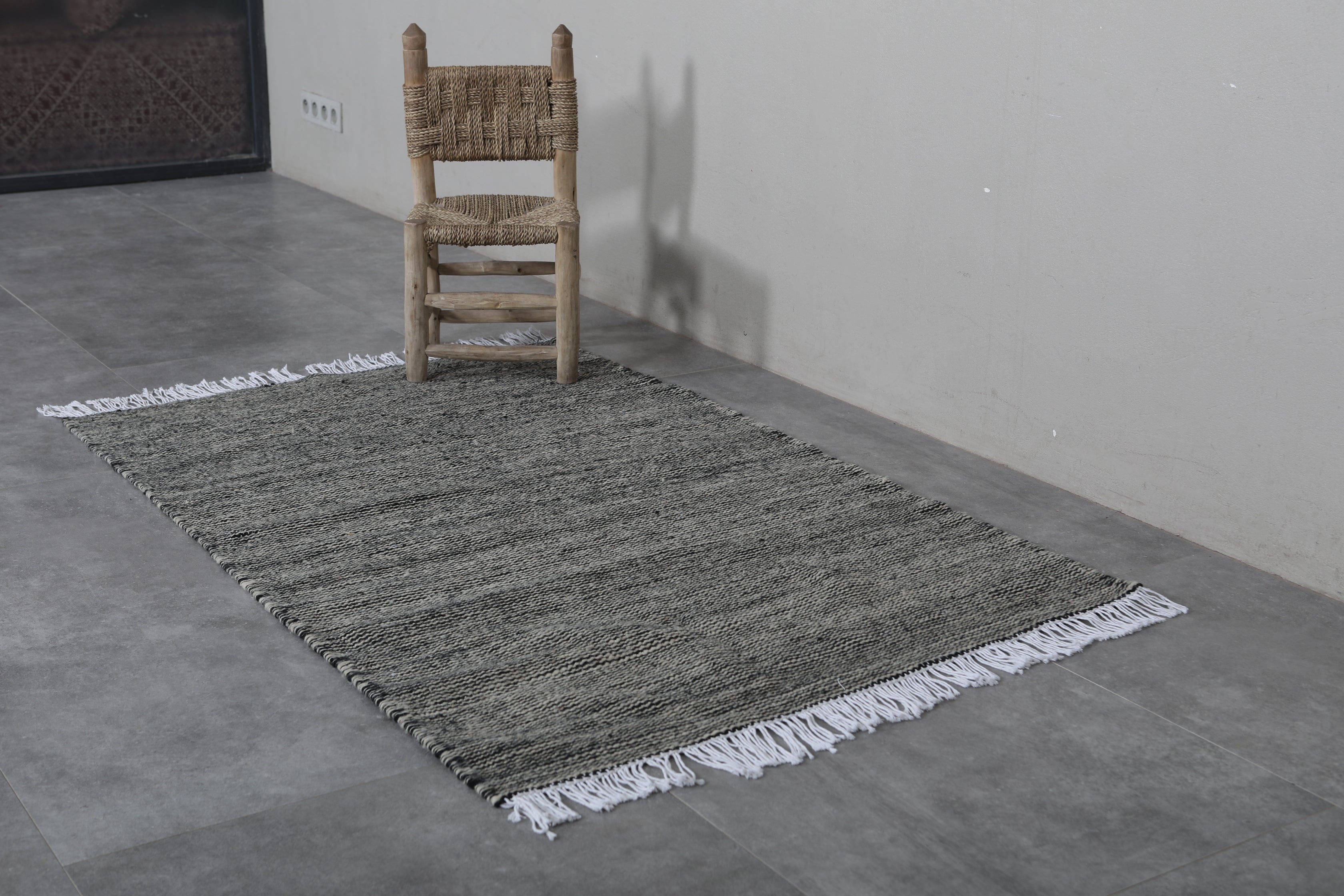
History and Origins of Kilim Rugs
Kilim rugs are a widely enjoyed element in interior design due to the vivid colors and complex patterns. However, did you know about the history and background of these highly-cherished woven pieces? Keep reading to discover the magnificent tale of Kilim rugs and how they have developed throughout history.
The Origins of Kilim Rugs
Kilim rugs have been a part of human life and culture for thousands of years and have a fascinating story. The word “Kilim” comes from the Persian gelīm, which means “to spread it roughly” or “to cover”. So named because instead of a poodle, a warp thread is woven into them. This ancient technique was used by cultures in Turkey, Iran, Afghanistan, and other Central Asian countries. The oldest known Kilim dates from early spiritual Mesopotamia and Central Asia and was used by people as a prayer rug or a cover for the dead.. Moreover, it is not just an insulator.
The Art of Kilim Weaving
What makes Kilim rugs stand out is the way that they are made. Kilim rugs are different from most traditional rugs due to being flat woven. Kilims are made by weaving weft threads closely in and out of the warp yarn to form intricate geometric designs and colors. Kilims are woven from wool, cotton, and silk by Kilim weavers and dyers in various regions, and each one is special in design and style.

Evolution of Kilim Rugs
Kilim rugs have changed and adjusted to fashion and features of era varies over hundreds of years. Global trading networks and a continuous migration of people led to integrating several characteristics of Kilims broadly. The complicated design containing basic, interpersonal character, and graphic design motifs have become a single design form that interacts equally among different cultures. Patterns and designs reflect the artistic and culture spirits of the society in which they originate.
Uses of Kilim Rugs
Kilim rugs are more than merely decorative items; they also have several practical applications in conventional settings. It’s frequent to see Kilims utilized as prayer rugs in a variety of societies. In others, they might be found hung on Wall Hangings. Some individuals even utilize Kilim as a dowry admired and passed down through the generations. With thousands of patterns and classic themes available, you’re sure to find one that perfectly complements your living space.
Conclusion
In conclusion, the history of Kilim rugs and their origins are very diverse and colorful, just like these unique and marvelous rugs. From ancient beginnings in the Middle East to modern usage in all types of interior, Kilim rugs are the true timeless art piece. Whether you are keen of Kilims for their marvelous beauty or their unique cultural value, Kilim rugs have always fascinated people from all around the world.



